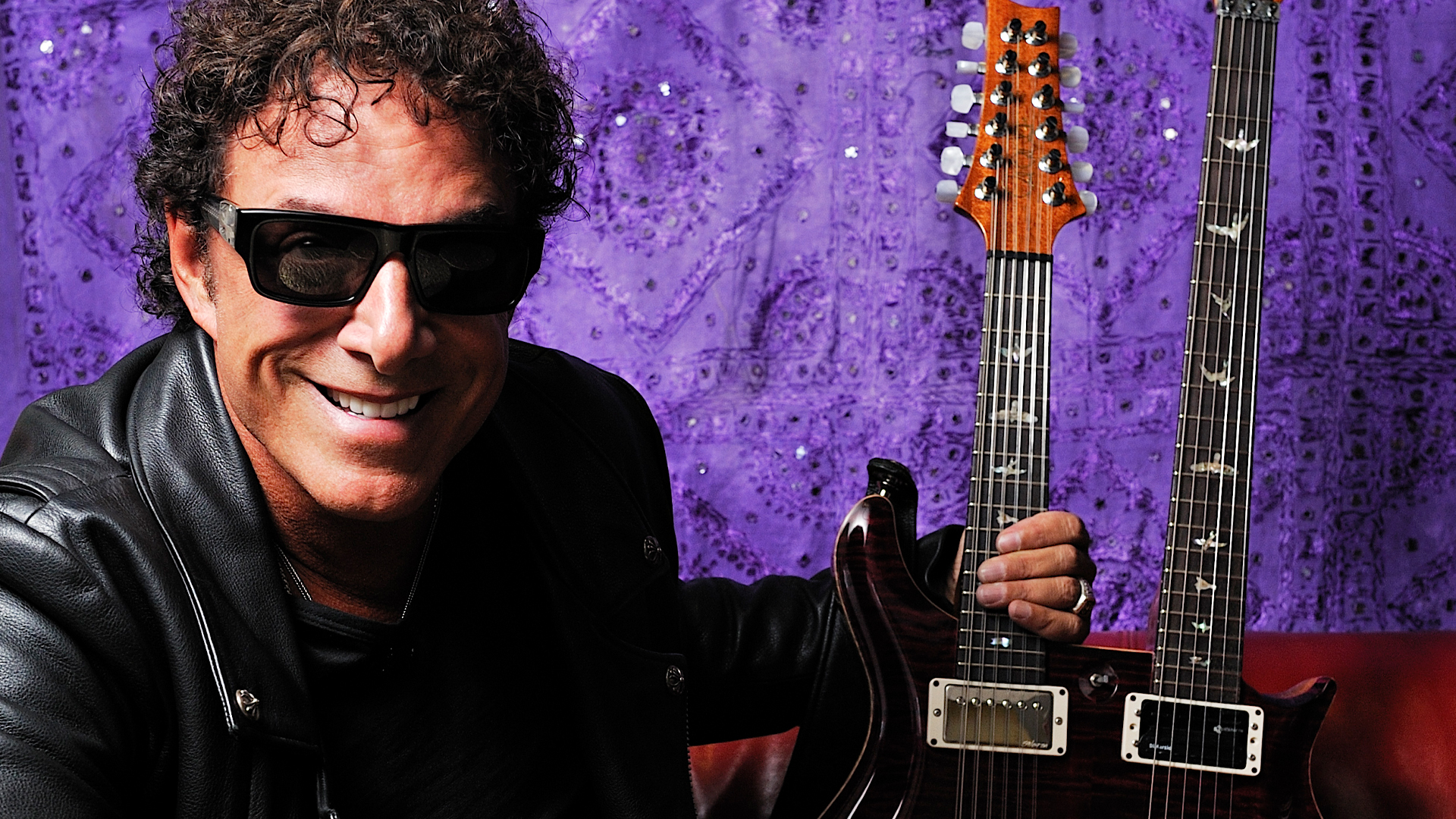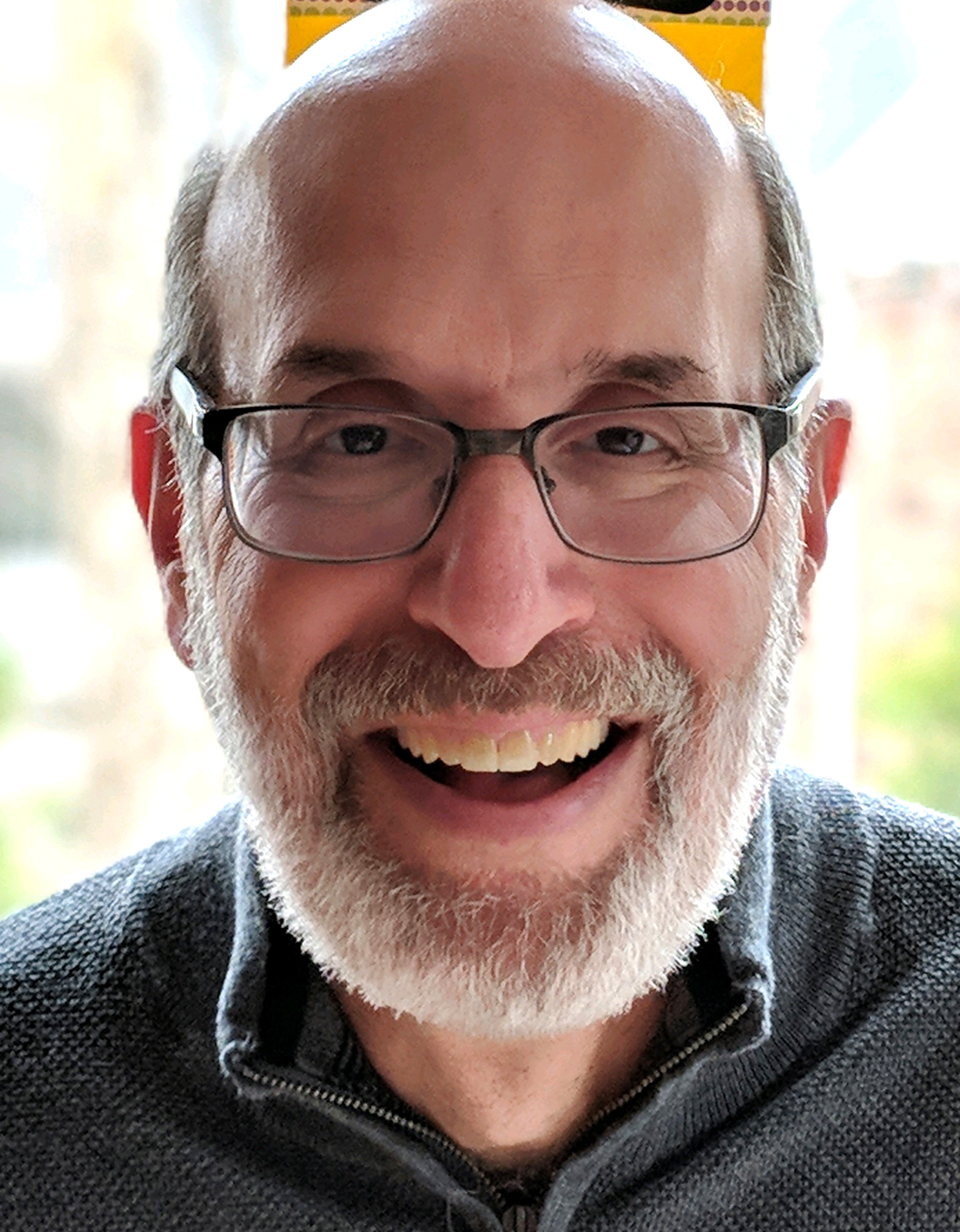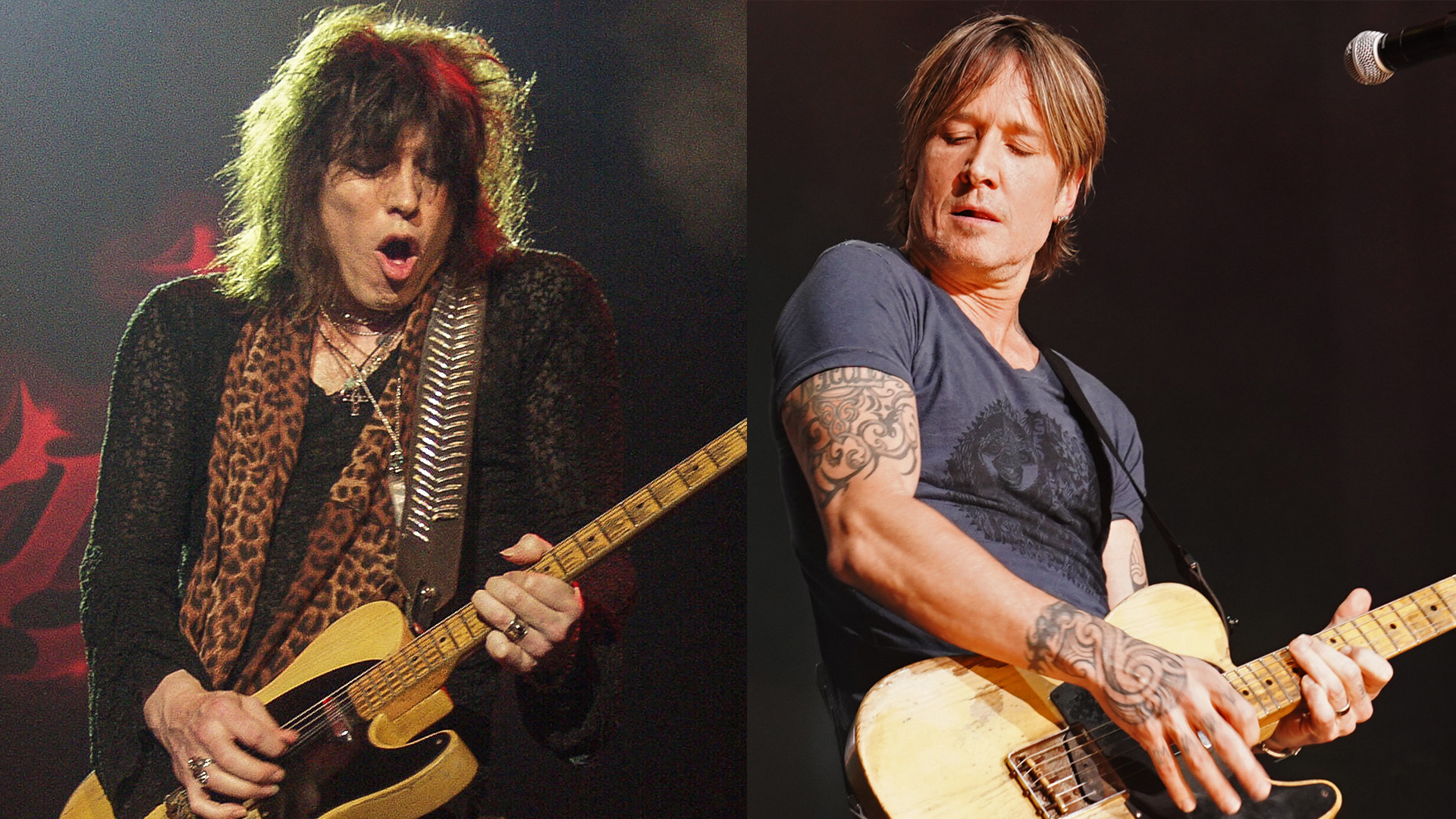“The chords were like 'Let It Be' — with a twist." Neal Schon explains how Journey broke the first rule of songwriting with “Don’t Stop Believin’”
Schon says he was shocked when Forbes named it the Biggest Song of All Time

If you’re ever at a sporting event — any sporting event —and they don’t play Journey’s “Don’t’ Stop Believin’,” ask for your money back. The song — the second single from the group’s 1981 album, Escape — is nothing less than a generational anthem.
Written by guitarist and original member Neal Schon, frontman Steve Perry and then-new keyboardist and rhythm guitarist Jonathan Cain, it peaked in the Top 10 of the Billboard Hot 100, Mainstream Rock and Adult Contemporary charts and is part of the Library of Congress National Recording Registry. Inclusions in Glee, Rock of Ages and the series finale of The Sopranos led to sales surges and once again solidified the song’s place in pop culture for new generations.
As far as Schon is concerned, “Don’t Stop Believin’” shows Journey at the peak of their powers, a three-headed songwriting team that made something greater than the sum of its parts.
“I had a rehearsal place in Oakland,” says Schon, who has his own PRS Private Stock limited-run electric guitar. “No one knew we were there and no one was gonna walk in and disrupt us. Jon brought in the quarter-pulse [rhythm] and the chords, which were kind of like ‘Let It Be’ — with a little twist. I started immediately looking for a Motown-type bass part to move it along, and I have to give credit where credit is due: Jack Bruce was my all-time favorite bass player, so that’s where all those half-notes and the movement in the bass guitar come from. It just created harmony between the vocals and the background vocals and everything.
“Like Sting says, the chord is not made until the bass player chooses what note he wants to play. There’s a whole lot of truth to that. I love thinking about bass a lot more than I do guitar sometimes. You can change the note of a bass against a guitar chord and it changes everything. “Jon had the ‘Don’t stop believin’’ chorus, so we moved on trying to create the rest of the song. I came up with the B section — ‘Strangers, waiting.’ Perry goes, ‘Oh, that’s perfect,’ so we threw it together. Those were the main pieces of the song.
As for the famous chorus? “It doesn’t happen until the end,” School points out. “I don’t think any song that’s become as big has ever had that. The first rule of songwriting is ‘Don’t bore us, get to the chorus!,’ but we broke it — and had a hit! And the song works because it has something very interesting and melodic moving it along.”
“Like Sting says, the chord is not made until the bass player chooses what note he wants to play."
—Neal Schon
When recording his guitar parts, Schon used his black 1977 Gibson Les Paul, an instrument that he used for much of Escape and Journey's subsequent tour. The guitar fetched $250,000 at auction in 2021.
All the latest guitar news, interviews, lessons, reviews, deals and more, direct to your inbox!
“For the guitar parts, I really wasn’t thinking,” Schon admits. “My best stuff comes when I’m just reacting to what’s around me. Before we got to the second verse, I started playing that arpeggiated guitar part. It was like something you might hear in a symphony and it felt like it was helping the track move along. And that in turn inspired Perry and Cain to write those lyrics about ‘the midnight train to anywhere.’ I came up with the part before the lyrics.
“That’s the cool thing about when you write in a room with someone,” he continues. “You can inspire and build off each other. You can always write a great song by yourself, but until you have a great band playing on it, it’s not gonna sound like anything.”
Since returning to the road in early 2023, Journey has moved “Don’t Stop Believin’” from its usual spot as the last or next-to-last song of the night into an earlier slot. But Schon says the song isn’t suffering for it.
“I never felt like it was a closer, even though it’s a massive song,” he says. “It’s a slower, melodic rock song with a great melody and a great message, so I felt like, Let’s just be ballsy and stick it out there and play it for them early and keep everybody’s attention. It puts everybody in a great mood.”
As for why “Don’t Stop Believin’” still resonates with new listeners after more than 40 years, Schon has no idea. In fact, he says he was shocked when Forbes magazine named it the Biggest Song of All Time in its March 2024 issue. “The results really speak for themselves,” he says. “But ‘the biggest song in the world’? Ever? That’s, like, surreal.”
Gary Graff is an award-winning Detroit-based music journalist and author who writes for a variety of print, online and broadcast outlets. He has written and collaborated on books about Alice Cooper, Neil Young, Bob Seger, Bruce Springsteen and Rock 'n' Roll Myths. He's also the founding editor of the award-winning MusicHound Essential Album Guide series and of the new 501 Essential Albums series. Graff is also a co-founder and co-producer of the annual Detroit Music Awards.


